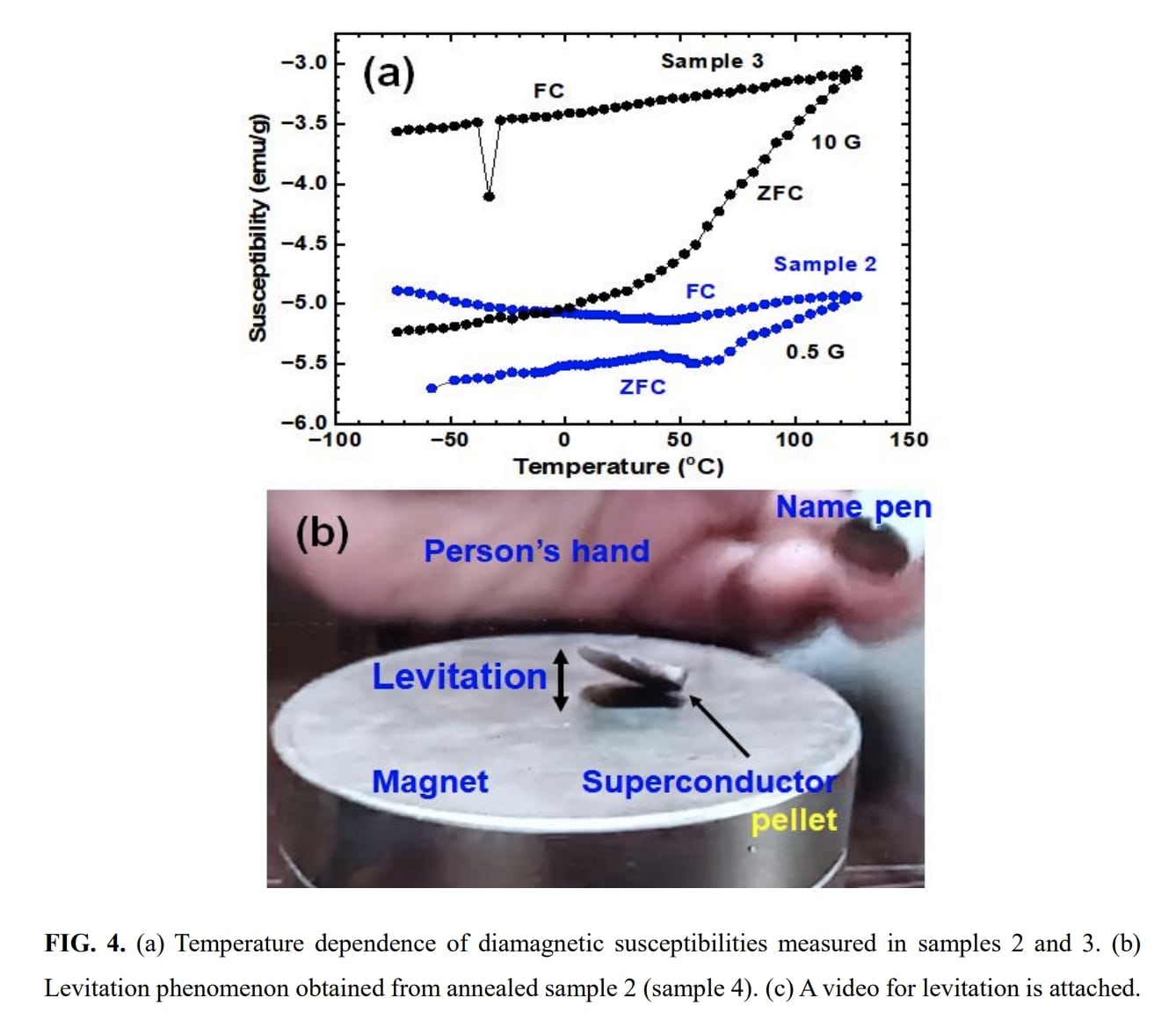Video of a Chinese LK-99 Replication Effort That Has Failed So Far
Here's an attempt at a summary in a form of a blogpost, AI's tend to … lose detail but I've tried to work around this, cannot verify 100% since I don't speak Chinese Attempting to Reproduce the Room Temperature Superconductor This highly anticipated experiment has generated… — Alex Volkov – targum.video (@altryne) July 31, 2023 …











